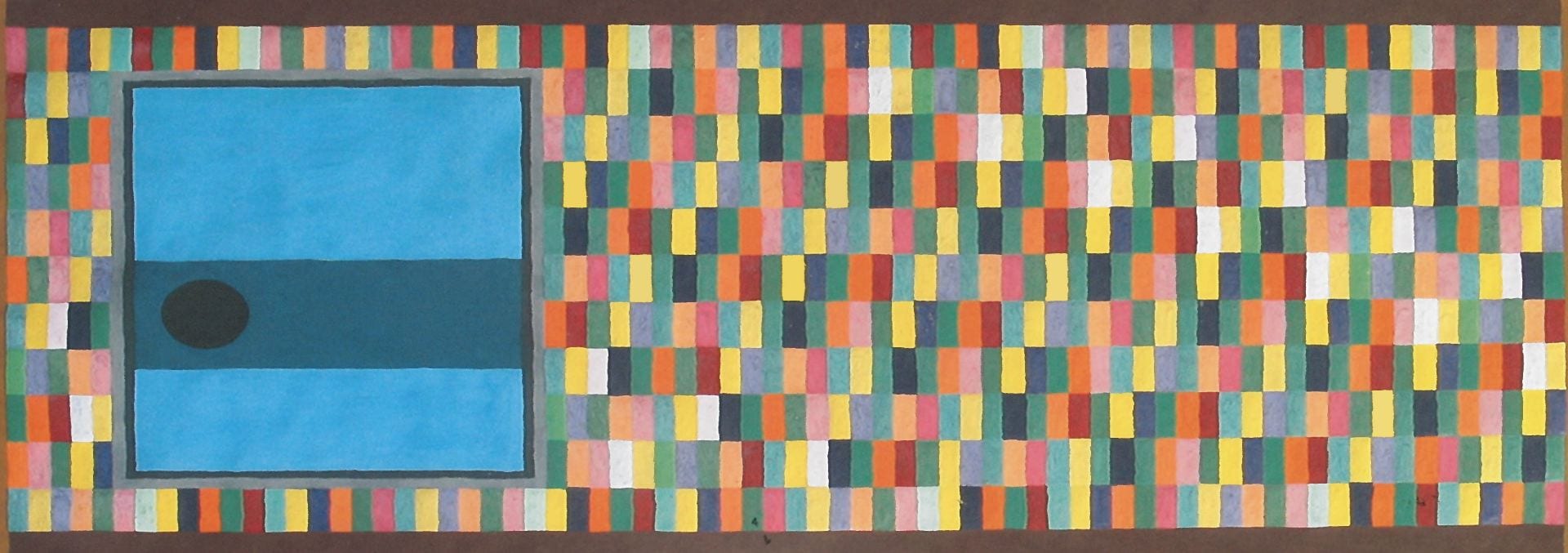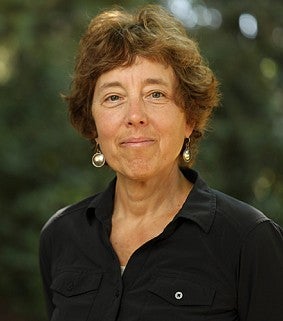This website profiles people, ideas, and topics that shaped autism throughout the twentieth century and presents an archive of sources that illuminate that history.
It is for everyone interested in autism as well as anyone interested in medicine and the human sciences, health and social welfare, development and disability, and the history of children and families in the modern United States.
The Autism History Project was created and is maintained by Ellen Herman in the Department of History at the University of Oregon. It was based upon work supported by the University of Oregon through a Summer Research Award as well as a Fellowship from the American Council of Learned Societies. Any opinions, findings, and conclusions or recommendations expressed in this material are those of the author and do not necessarily reflect the views of the University of Oregon or the American Council of Learned Societies.
All of the text on this site was written by Ellen Herman and permission is required for its reproduction. (Footnoted versions of many website pages are available to interested scholars; please contact me directly at eherman@uoregon.edu.) Document excerpts and images have been drawn from a range of sources. I am grateful to the following for permission to use archival materials and photographs.
- Brooklyn College Archives and Special Collections, Papers of Dr. Lauretta Bender
- William Bronston Papers, The Bancroft Library, University of California, Berkeley
- University of Chicago Photographic Archive, Special Collections Research Center, University of Chicago Library
- The Lovaas Institute
- Special Collections Department, McGoogan Library of Medicine, University of Nebraska Medical Center, the Wolf Wolfensberger Collection
- The B. F. Skinner Foundation
- The Minnesota Governor’s Council on Developmental Disabilities
- The Autism Research Institute
- The Mosse Foundation
- Martha Perske
- The Special Olympics
- The Wolf Wolfensberger Collection, Special Collections Department, McGoogan Library of Medicine, University of Nebraska Medical Center, Omaha, Nebraska
- The Atlantic
- The Lillian and Clarence de la Chapelle Medical Archives at New York University
This website would not have been possible without the artistic talent and technical know-how of Abbie Stillie, my colleague at the Wayne Morse Center for Law and Politics.
I am especially grateful to Jessica Park and her sister, Rachel Park, for permission to use Jessica’s beautiful art on this website. Tony Gengarelly, Director of The Jessica Park Project, was also extremely supportive. Park, an artist with autism who lives in Williamstown, Massachusetts, has exhibited her work in a number of universities, museums, and galleries. Her mother, Clara Claiborne Park, was the author of two remarkable books about Jessica and the Park family, including The Siege (1967). The Jessica Park Project has, to date, published two books about Jessica Park’s art: Exploring Nirvana: The Art of Jessica Park (MCLA, 2008) and The World Transformed: The Art of Jessica Park (MCLA, 2014). The mission of the Jessica Park Project is to promote the study of her work.
Most examples of Jessica Park’s art on this website are details from larger works. Interested viewers will find them reproduced in their entirety here.
- The Silverstein House and the Stoned Lion, 1992, collection of Deborah Silverstein
- The Queen Anne Victorian House in Portland, Oregon, 2002, collection of Marcia Johnston Wood
- The Bathroom Heater at Franziska’s House #1, 1981, collection of the Park family
- The Empire State Building with Lightning and Cai Guo-Qiang’s Light Cycle, 2005, collection of Lee Schram
- The Great Stained Glass Doors #9, in Summer Near Sunset, 1988, collection of the Park family
- The House in Monterey (detail), 2003, collection of Jon Sylbert and Lisa Smyle
- The Potala Palace in Tibet, 1990, collection of Andrew Failes


